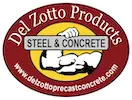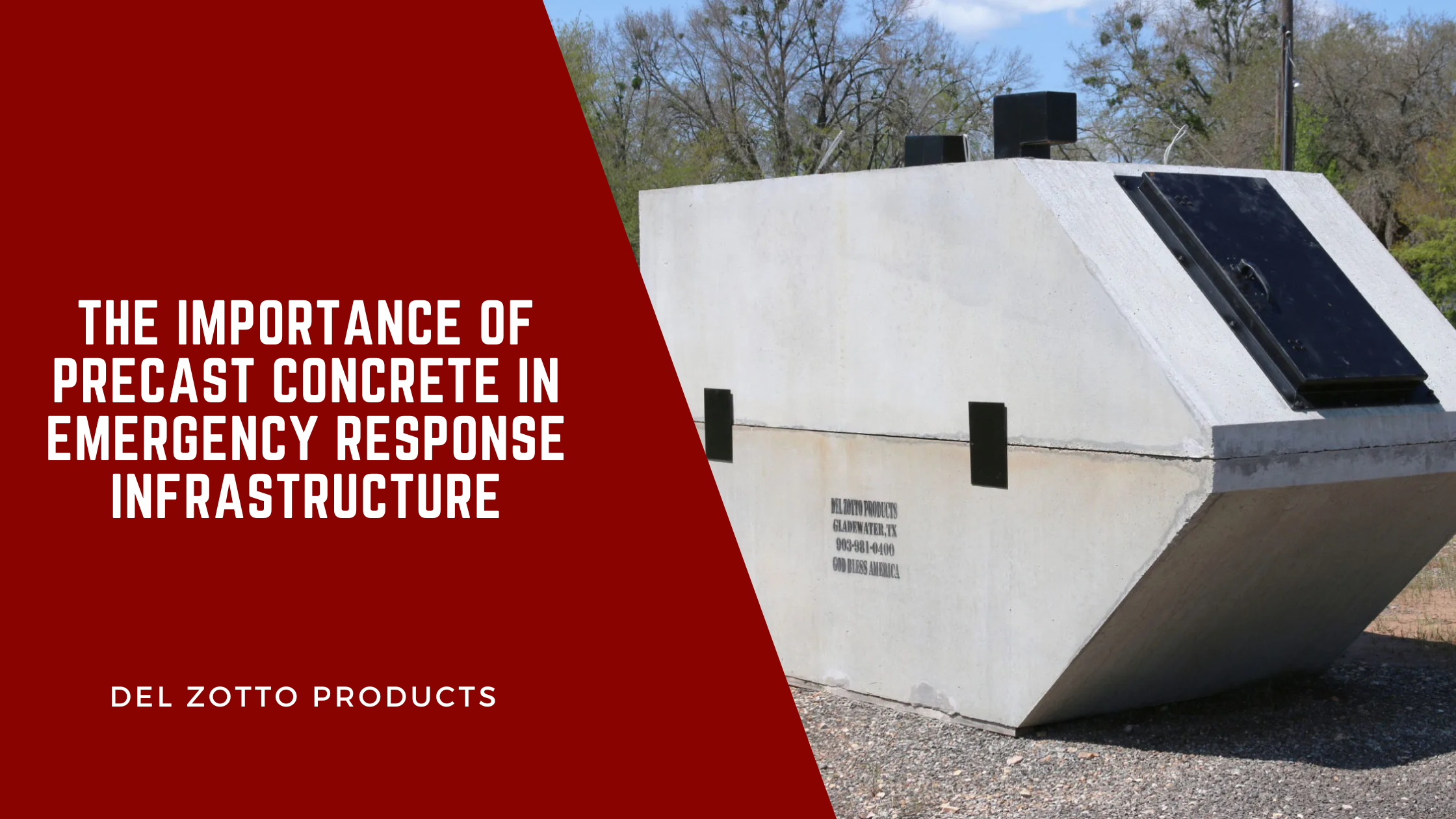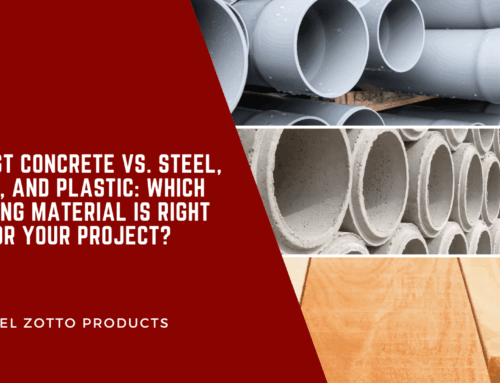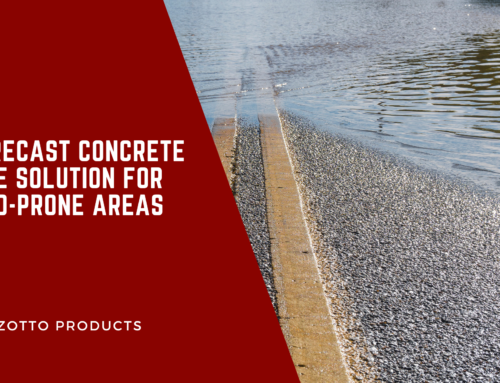In a world increasingly prone to natural disasters and emergencies, having a robust and resilient infrastructure is essential for effective emergency response and disaster management. Precast concrete plays a pivotal role in enhancing the safety, functionality, and durability of emergency response structures. In this blog post, we’ll explore how precast concrete is integral to building resilient infrastructure for emergency services and disaster management.
What is Precast Concrete?
Precast concrete refers to concrete elements that are cast in a controlled environment, such as a factory, and then transported to the construction site for assembly. This method allows for precise manufacturing, high quality, and increased efficiency in construction projects. For emergency response infrastructure, precast concrete provides several critical advantages.
Benefits of Precast Concrete in Emergency Response Infrastructure
1. Rapid Deployment
One of the key advantages of precast concrete is its ability to be manufactured ahead of time. In emergency situations, speed is crucial. Precast components can be rapidly deployed, allowing for quicker construction of essential facilities such as emergency operations centers, temporary shelters, and medical facilities. This rapid deployment can significantly enhance response times during disasters.
2. Durability and Strength
Precast concrete is renowned for its durability and strength. Structures built with precast concrete can withstand extreme weather conditions, including high winds, heavy rain, and seismic activity. This resilience is particularly important for emergency response infrastructure, which must remain operational during and after a disaster. Del Zotto Products offers a range of durable precast solutions that meet the demands of critical infrastructure.
3. Customizability
Precast concrete can be tailored to meet the specific needs of various emergency response applications. For example, the design of emergency shelters can be customized to provide adequate space, insulation, and safety features for occupants. Additionally, precast concrete can be adapted to create specialized facilities, such as command centers equipped with necessary technology and resources.
4. Cost-Effectiveness
While initial costs are always a consideration, precast concrete often proves to be a cost-effective solution over the lifecycle of a structure. The durability and low maintenance requirements of precast products reduce long-term operational costs, making them an economical choice for municipalities and organizations responsible for emergency management.
5. Sustainability
Sustainable building practices are becoming increasingly important in the construction industry. Precast concrete offers sustainable advantages, such as reduced waste, efficient material usage, and energy savings. By choosing precast products, emergency response infrastructure can minimize its environmental impact while ensuring effective service delivery during crises.
6. Enhanced Safety Features
Precast concrete structures can be designed with enhanced safety features to protect occupants during emergencies. For instance, the inclusion of reinforced walls and roofs can provide additional protection against natural disasters. Del Zotto Products offers a variety of precast solutions that can be engineered to include safety features tailored to specific risks, whether they involve flood, fire, or structural integrity.
Applications of Precast Concrete in Emergency Response
1. Emergency Operations Centers (EOCs)
EOCs are critical for coordinating response efforts during disasters. Precast concrete can be utilized to construct these centers, ensuring they are resilient and capable of housing the necessary technology and personnel.
2. Temporary Shelters
During emergencies, the need for temporary shelters is immediate. Precast concrete can be used to build durable and comfortable shelter solutions that provide safe refuge for displaced individuals.
3. Transportation Infrastructure
Roads, bridges, and other transportation infrastructures play a vital role in emergency response efforts. Precast concrete components, such as barriers and culverts, can enhance the safety and functionality of these systems, allowing for efficient transportation of emergency responders and resources.
Get Started
Precast concrete is an essential element in building resilient emergency response infrastructure. Its rapid deployment, durability, customizability, cost-effectiveness, and sustainability make it an ideal choice for various applications in disaster management. As communities prepare for the inevitable challenges posed by natural disasters, investing in precast concrete solutions can significantly enhance their readiness and ability to respond effectively.
At Del Zotto Products of Texas, we are committed to providing high-quality precast concrete solutions tailored to the needs of emergency response infrastructure. For more information on our products and how they can support your emergency management efforts, visit Del Zotto Products.






